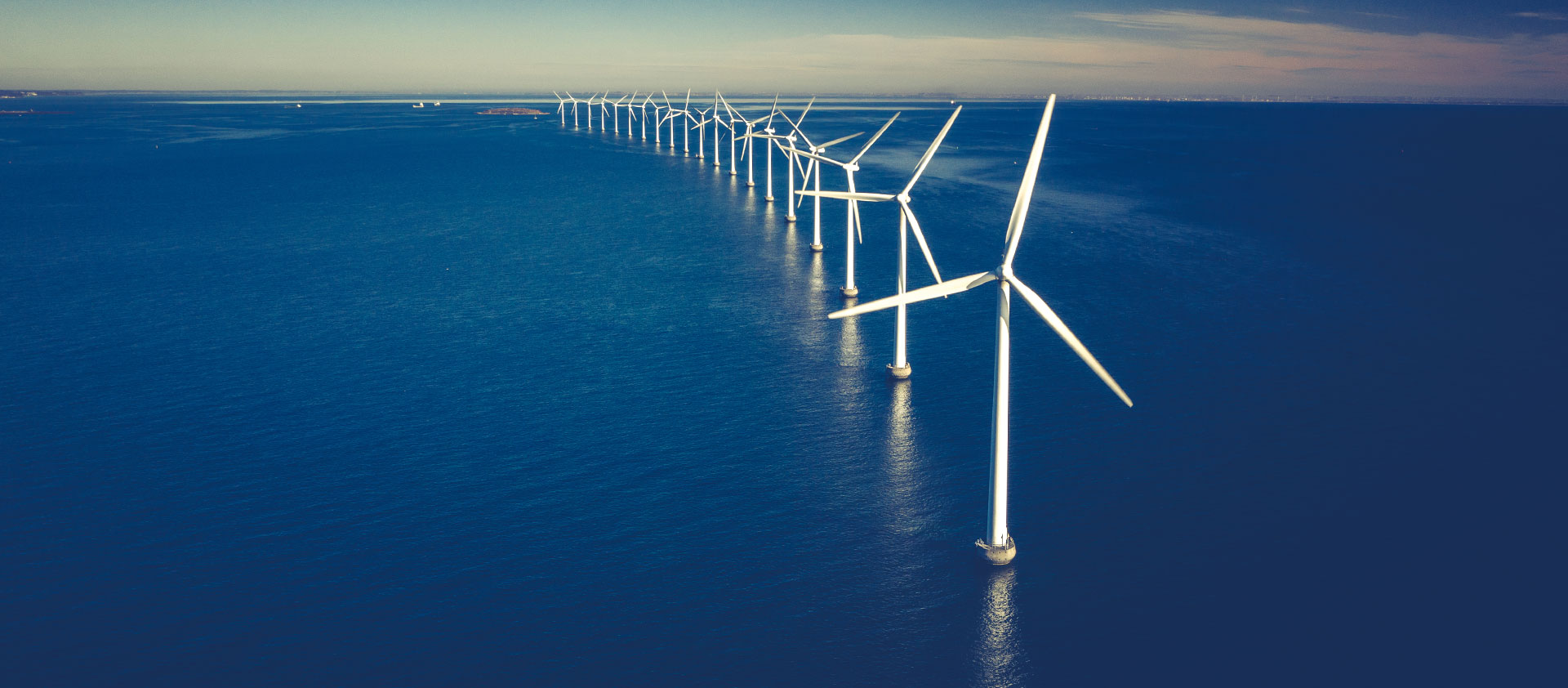CEF in the media
AGL China Coal Critical minerals Decarbonisation Electricity/electrification Energy crisis Finance Sector & Emissions Green Iron Green Iron/Steel Hydrogen India & Adani offshore wind Renewables Taxes and subsidies US IRA/EU NZIA et al
Nuclear ‘financially illogical’ and about ‘climate wars’
The Australian
VIDEO | Dutton’s plan to use nuclear energy is ‘financially illogical’
Sky News
Australian Opposition Details Plan For Nuclear Rollout If Elected
Barron's
VIDEO: Will business invest in a new Australian nuclear power industry?
ABC TV The Business
Energy experts and investors say the Coalition’s nuclear plan is ‘virtually impossible’ without taxpayer funding
ABC online
OP ED | How Southeast Asia’s solar industry can shine in face of US tariff threat
South China Morning Post
OP ED | We need to talk about renewable energy projects
Canberra Times
Does ‘Green Steel’ threaten our coal exports?
InQLD
Saudi Aramco prices stock offer at low end of range in $11.2bn sale
The Financial Times (UK)
Australia warily welcomes green subsidy race
The Financial Times (UK)
Barrier dropped for clean energy ties
___
Victoria caps access for solar and wind in new renewable zones, to avoid curtailment and buoy investors
Renew Economy
